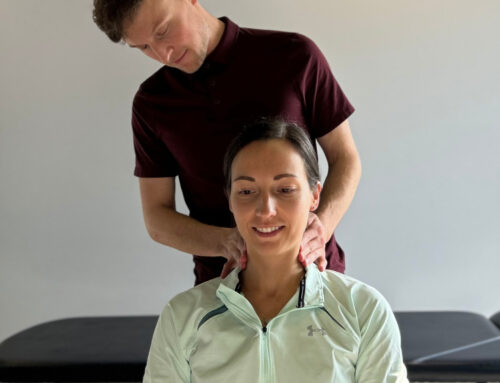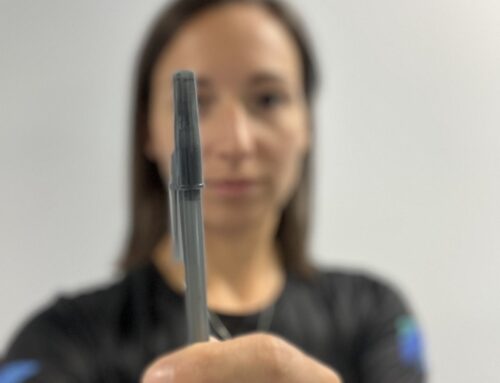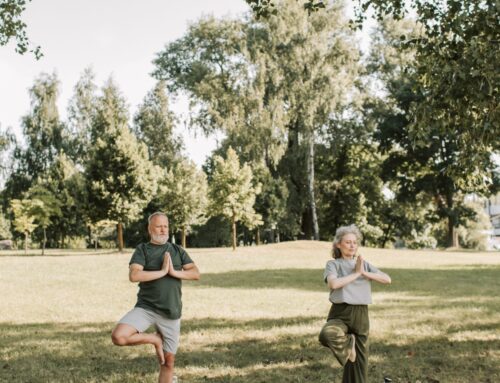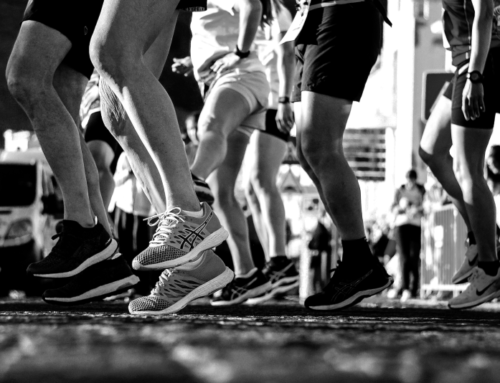
The Multi-Factorial Effects of
Exercise and Movement on Pain
You might be asking yourself: “Why does my physio always tell me to do exercises when I’m in pain!?” Well, buckle up…this is a big and important one.
It shouldn’t come as a surprise exercise and movement are beneficial for maintaining good health, improving fitness, and reducing the risk of illness and disease. In recent years, research has shown that exercise and movement can also play a significant role in managing and reducing pain. But the relationship between exercise and pain is multi-factorial and complex, with a wide range of interacting physical, psychological, environmental, social, and cognitive factors.
You might be asking yourself: “What kind of exercise is best to reduce my pain?”. Unfortunately, answering this question is not that easy. Research from Cormack (2018) concludes that an important factor is the type of exercise being performed. For example, resistance training and aerobic exercise are effective in reducing pain, whereas high-impact exercise may exacerbate pain in some individuals. The intensity and duration of exercise are important factors to consider. Too much exercise or exercise that is too intense too early can cause further pain and injury. However, there is never one best exercise. Instead, pick something you want to try and scale it right down to its easiest form. Then slowly build up tolerance over time. For example, if you like running, start with fast paced walking and gradually build up pace and speed as you observe your body’s response. If you like weight training in the gym, start light with high repetitions and progressively increase the weight while dropping the repetitions. Whatever you choose to do, graded exposure1 and rate of perceived exertion2 are the key!
Another important factor to consider is your psychological state. Wadley, Lucas & Johnson (2020) highlights that exercise can have a positive impact on mood, reducing anxiety and depression, which can in turn reduce the perception of pain. Similarly, Lima, Abner & Sluka (2017) notes that exercise can activate the body’s own internal pain control systems, leading to the release of endorphins and endocannabinoids, reducing the intensity of pain. This is partly what’s at play when you hear about runner’s high.
Vlaeyen and Linton (2000) describe the importance of cognitive factors in the relationship between exercise and pain. Negative beliefs and attitudes about pain creates a vicious cycle, where pain leads to fear and avoidance of movement, and further pain and disability. Exercise can break this cycle by challenging negative beliefs and attitudes and provide individuals with a sense of control over their pain. This promotes an increase in something called pain self-efficacy. Pain self-efficacy refers to an individual’s belief in their ability to manage and cope with pain. Exercise can also increase an individual’s confidence in their ability to perform daily activities, which can further reduce the psychological burden of pain. Polli et al. (2019) show how exercise can improve physical function and mobility, leading to increased independence and a higher quality of life. This can add to someone’s ability to cope with pain.
In addition to these psychological and physical factors, environmental and social factors also influence the relationship between exercise and pain. Wiech (2016) points out that access to safe and supportive environments for exercise can be a crucial factor in reducing pain, particularly for individuals with persistent pain who may be more vulnerable to injury. Social support from family, friends, and healthcare professionals also plays a key role in motivating individuals to exercise and reduce the psychological burden of pain. Humans are social beings – doing physical activity together is good for building social connections and improving overall mental health. So, rally your spouse or some friends and get them exercising too!
On top of all that, exercise has numerous health benefits beyond just reducing pain. In fact, research shows that exercise can improve immune function and reduce inflammation. These additional benefits make exercise even more important for individuals with more diffuse, persistent pain.
According to a study by Campbell and Turner (2018), exercise can enhance the immune system’s ability to detect and destroy harmful pathogens (aka: bugs). Because of this, regular exercise has been linked to a decrease in the incidence of respiratory infections, including colds and flu. Exercise has also been found to increase the production of antibodies and activate helpful immune cells, enabling the body fight infections more effectively, getting you feeling better quicker.
Over and above improving immune function, exercise has been shown to reduce inflammation. Chronic inflammation is often associated with persistent pain and a range of other health problems, including heart disease, obesity, and diabetes. A study by Pedersen and Febbraio (2012) found that exercise helps reduce inflammation by releasing anti-inflammatory molecules and reducing the production of pro-inflammatory molecules. This reduction in inflammation can help alleviate pain and improves overall health.
It is clear, while the overall multi-factorial influences of exercise and movement on pain are numerous and complex, the additional benefits to reducing pain like improving immune function, reducing inflammation, and promoting self-efficacy make exercise even more important, especially for individuals with persistent pain. This is why physiotherapists take the time to discuss exercise options and develop safe exercise programs tailored to your individual needs and goals. By taking a holistic approach to pain management that includes exercise, physiotherapists can help individuals improve their overall health and quality of life. When we give you a prescription of exercise, the science is on our side.
Footnotes
1 Graded exposure: https://www.pathways.health/what-is-graded-exposure-therapy-and-how-can-it-help-chronic-pain/
2 Rate of perceived exertion: https://www.sralab.org/sites/default/files/2018-04/Rating_of_perceived_exertion_-_Borg_scale.pdf
References
CAMPBELL, J.P. and TURNER, J.E., 2018. Debunking the myth of exercise-induced immune suppression: Redefining the impact of exercise on immunological health across the lifespan. Frontiers in Immunology, 9(APR), p. 648.
CORMACK, B., 2018. Exercise and Pain. Journal of Physiotherapy Pain Association, (45), pp. 18–19.
LIMA, L. V., ABNER, T.S.S. and SLUKA, K.A., 2017. Does exercise increase or decrease pain? Central mechanisms underlying these two phenomena. The Journal of Physiology, 595(13), pp. 4141–4150.
PEDERSEN, B.K. and FEBBRAIO, M.A., 2012. Muscles, exercise and obesity: skeletal muscle as a secretory organ. Nature Reviews Endocrinology 2012 8:8, 8(8), pp. 457–465.
POLLI, A. et al., 2019. When Environment Meets Genetics: A Clinical Review of the Epigenetics of Pain, Psychological Factors, and Physical Activity. Archives of Physical Medicine and Rehabilitation, 100(6), pp. 1153–1161.
VLAEYEN, J.W.S. and LINTON, S.J., 2000. Fear-avoidance and its consequences in chronic musculoskeletal pain: a state of the art. Pain, 85(3), pp. 317–332.
WADLEY, A., LUCAS, S. and JOHNSON, B., 2020. Physical Activity Factsheets PHYSICAL ACTIVITY, EXERCISE AND IMMUNE FUNCTION. Canadian Academy of Sport and Exercise Medicine, (1), pp. 1–3.
WIECH, K., 2016. Deconstructing the sensation of pain: The influence of cognitive processes on pain perception. Science, 354(6312), pp. 584–587.
Written by Qwynn Dalmer, PT
Not sure which type of exercise is right for you? Contact us today to talk to a professional and find out how we can help you.







Follow us on Facebook or Instagram for the most up-to-date news.